
There is always a new productivity system — and if you are serious about upping your productivity game, you have to consider a lot of the programs through the years. “Getting Things Done” (GTD) by David Allen stands as one of the most recognized methodologies. Yet despite its popularity, I’ve found it fundamentally flawed for digital professionals. After attempting to implement GTD between 2013 and 2015, I abandoned it—and I’m not alone. Many busy professionals I’ve worked with have shared similar frustrations.
I’ve followed Tom Solid when he said, “I recently criticized GTD in a video, someone challenged me to provide more substantive reasoning. So let me break down exactly why this once-revolutionary system now falls short for many of us navigating modern work environments.”
The Maintenance Burden
GTD’s core principle of capturing everything to free your mind sounds excellent in theory. In practice? It creates an overwhelming maintenance burden. During my implementation, which used both Evernote and paper notebooks, I spent more time managing endless lists than driving actual results.
The system creates “work about work” — a productivity killer for professionals juggling multiple projects and stakeholders. When your productivity system requires more maintenance than it delivers in value, something is fundamentally wrong.
Trapped in 2001: Context Limitations
When David Allen developed GTD in 2001, the world was primarily paper-based. The system was built around physical contexts, such as “at phone” or “at desk,” categories that made perfect sense at the time. And to be fair, it’s a great system.
Solid says, “I work 100% digitally. With smartphones, laptops, and remote work capabilities, these rigid contexts have become largely irrelevant. I can handle most tasks from virtually anywhere. Forcing this paper-based methodology into digital tools strips away many advantages that modern technology offers.”
Tom Solid points out that “transplanting GTD’s original paper-centric system into modern note-taking and task management apps often results in a system that feels clunky and maintenance-heavy.”
The Priority Problem
While GTD excels at making sure nothing falls through the cracks, it treats almost every task with equal importance. For busy professionals managing competing priorities, this approach can be disastrous.
Without clear prioritization aligned with overall goals, you risk getting bogged down in minor tasks while high-impact actions that truly move the needle get overlooked. This lack of strategic focus was a significant reason GTD ultimately failed me.
The Checkbox Trap
There’s something satisfying about checking off completed tasks. However, when your productivity system overemphasizes this, you can fall into what I call the “checkbox trap”– feeling busy without making meaningful progress.
GTD can create this false sense of productivity where completing tasks becomes more critical than achieving meaningful goals. This superficial approach overlooks the broader concept of what actual productivity entails.
Digital Transformation Requires New Thinking
The most fundamental problem with GTD is that it wasn’t designed for our digital reality. Since tools like Todoist (2007) and Evernote (2008) were launched, many have attempted to force GTD into these platforms with limited success.
Additionally, Tom Solid argues that we need to “completely rethink our approach to digital productivity” rather than trying to adapt outdated methodologies. I strongly agree. The digital world offers capabilities GTD never contemplated:
- Dynamic search across all information
- Automated reminders and notifications
- Cross-device synchronization
- AI-powered assistance and automation
- Integrated workflows between multiple tools
Instead of forcing one tool to handle everything, we need purpose-built tools that work together seamlessly, creating a “single source of truth” for each type of information we manage.
A Better Approach for Professionals
Going fully digital isn’t just about environmental concerns — it’s about competitive advantage. In my corporate role, I achieved a 60% increase in team performance without adding headcount by adopting a digital-first approach to productivity.
The key is understanding the fundamental differences between physical and digital information management, then building workflows that leverage digital strengths rather than trying to replicate paper-based processes.
This requires:
- Viewing your productivity system holistically
- Selecting the right tools for specific functions
- Creating frictionless workflows between tools
- Focusing on meaningful outcomes, not just task completion
- Continuously evolving your system as technology advances
If GTD works for you, that’s great — never change a running system. But don’t be surprised when professionals who fully embrace digital productivity tools and methodologies eventually outpace you.
The future belongs to those willing to rethink productivity from the ground up for the digital age, not those clinging to systems designed for a world that no longer exists.
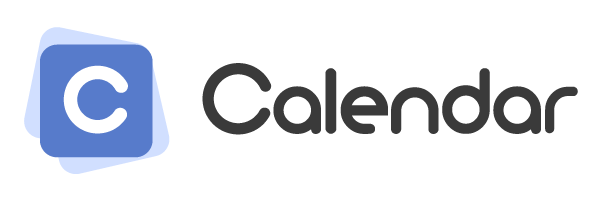

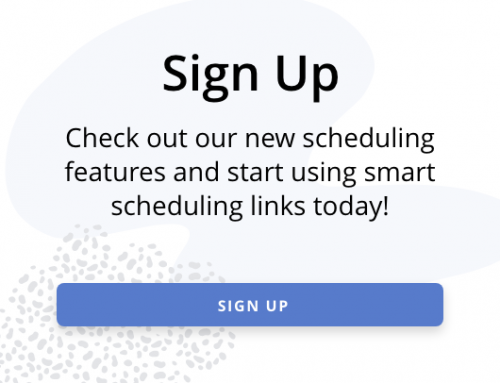




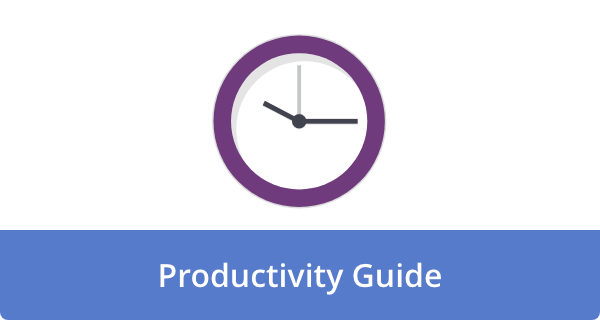
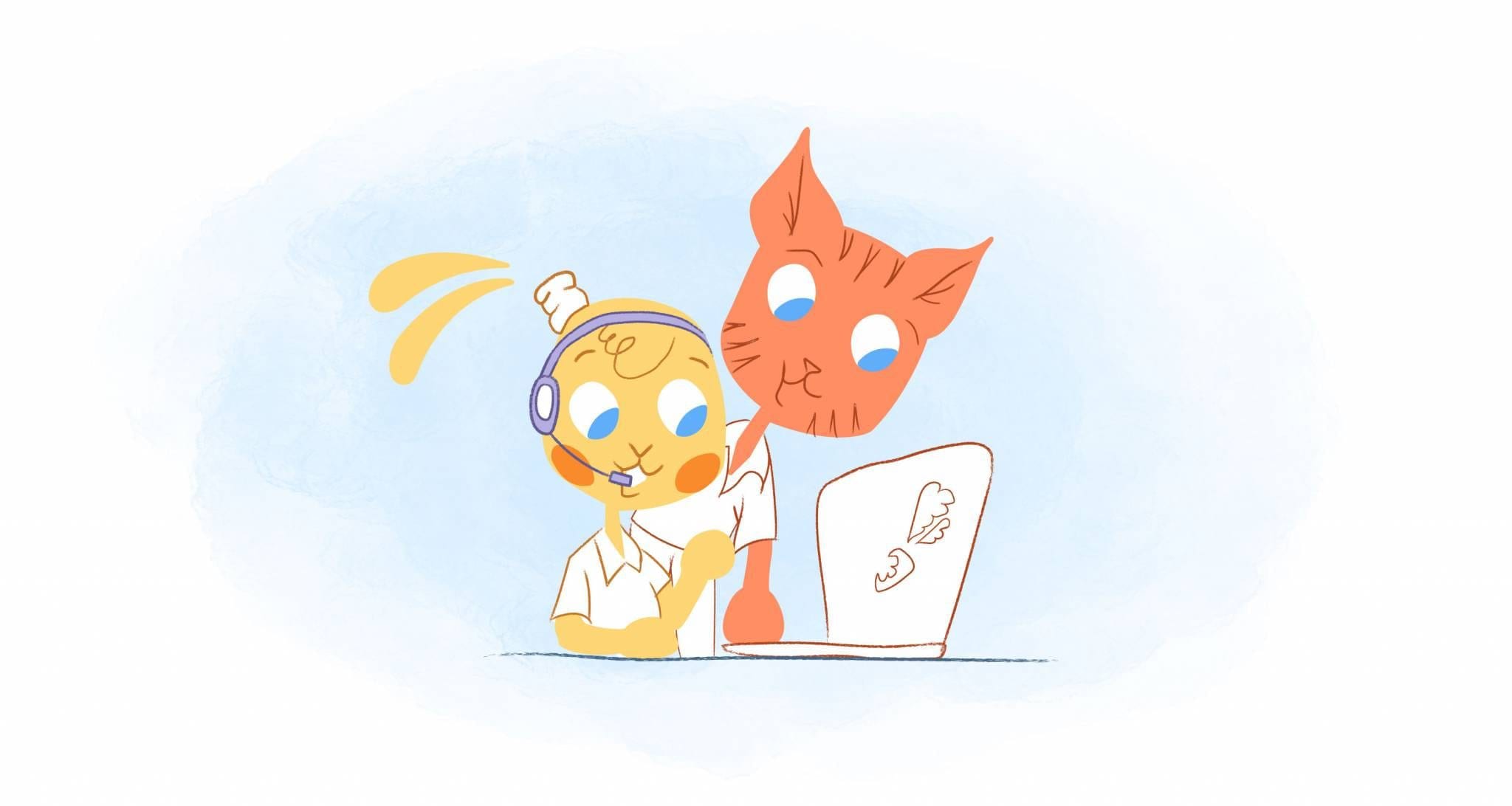

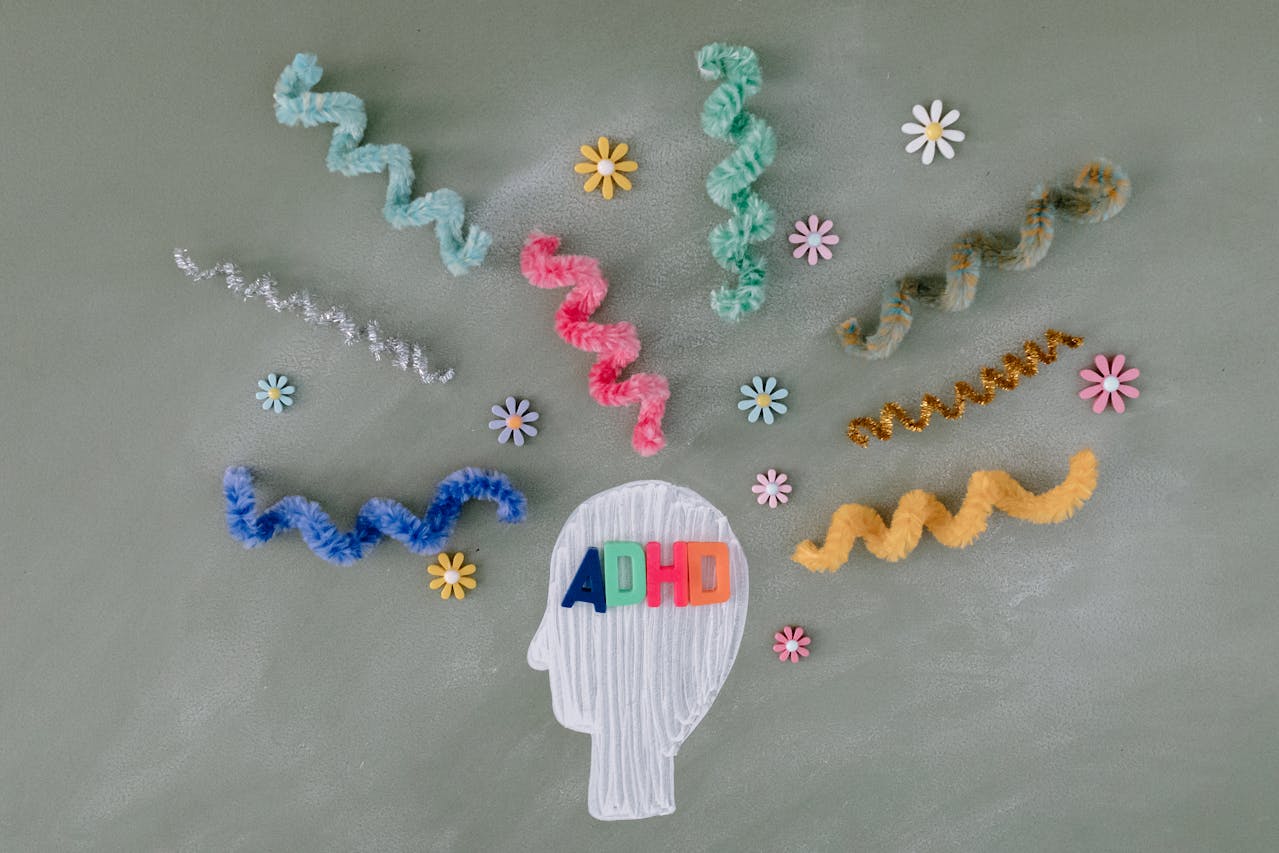
Howie Jones
My name is Howie and I'm a Customer Success Manager at Calendar. I like to ensure our customers get the best experience using our product. If you have questions email me howie at calendar.com